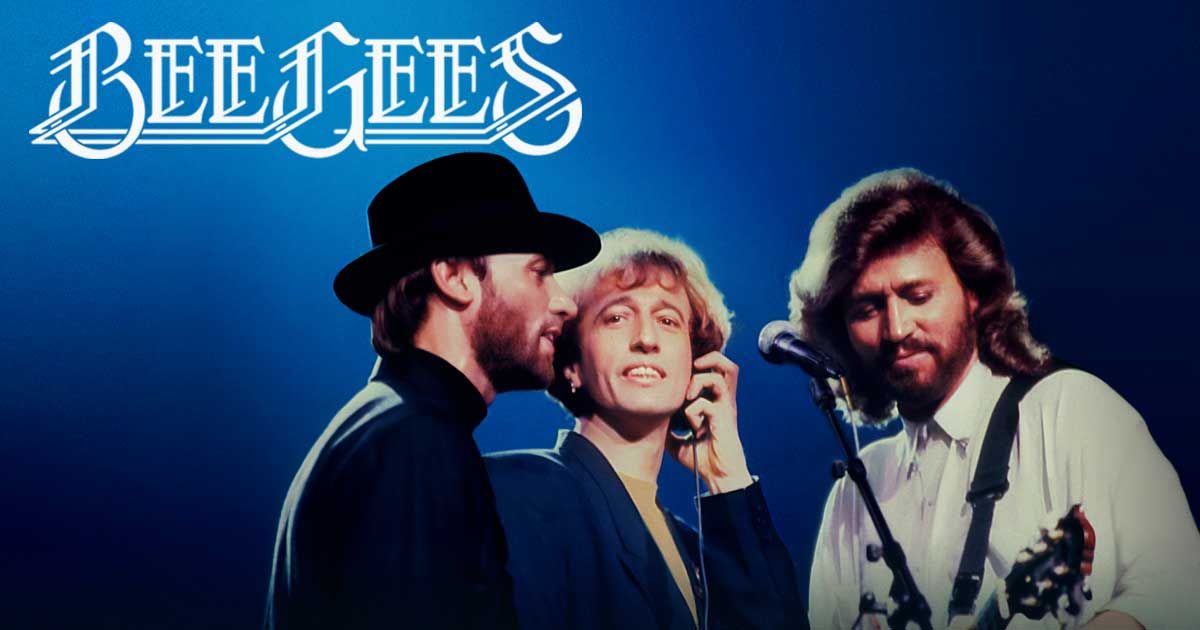
The Pulse of Liberation Beneath the Mirror Ball
When You Should Be Dancing ignited the airwaves in 1976, it did more than dominate the charts—it crystallized a moment when rhythm itself became a kind of spiritual release. The single soared to No. 1 on the Billboard Hot 100, further cementing Bee Gees as both architects and prophets of a new era in pop music. Issued from their album Children of the World, the track marked a dramatic evolution for the group: a full embrace of the dancefloor’s feverish pulse, punctuated by Barry Gibb’s soaring falsetto—a sound that would come to define not only their own reinvention but the cultural heartbeat of the late seventies.
The song emerged at a pivotal juncture in the Bee Gees’ career. Having already mastered lush balladry and intricate harmonies during their earlier years, the brothers—Barry, Robin, and Maurice—stood at a crossroads between fading nostalgia and bold reinvention. Their collaboration with producer Arif Mardin had already hinted at rhythmic experimentation on Main Course (1975), but You Should Be Dancing announced their full transformation. With its tight funk guitar riffs, syncopated percussion, and muscular bassline supplied by Blue Weaver and Dennis Bryon’s relentless drumming, this was not a mere flirtation with disco—it was an enthronement.
At its core, You Should Be Dancing is an exhortation cloaked in euphoria. Its message is elemental: liberation through movement, sensual freedom distilled into rhythm. Beneath its deceptively simple lyricism lies a commandment that feels almost spiritual—the body as conduit for joy, release, and unity. Barry Gibb’s falsetto, both ecstatic and urgent, functions like a preacher’s call; his voice doesn’t merely lead the melody—it compels participation. One can sense that every beat was crafted not for passive listening but for surrender under flashing lights and mirrored ceilings.
What makes the song enduring is its perfect balance between precision and abandon. The production is razor-sharp—every hi-hat strike crisp, every guitar stab immaculate—yet the performance feels gloriously alive, pulsing with human breath and heat. This tension between control and chaos mirrors disco’s essence: structured ecstasy born from meticulous craft. When heard today, it is impossible not to feel how You Should Be Dancing transcended mere pop success to become an anthem of physical communion, one that bridged racial, cultural, and generational divides within the clubs that pulsed beneath the social turbulence of the 1970s.
In retrospect, You Should Be Dancing was more than just another hit single; it was a manifesto disguised as a groove—a sonic declaration that joy could be radical and movement itself could be salvation. Through it, the Bee Gees didn’t just invite us to dance; they demanded that we remember why we ever needed to.